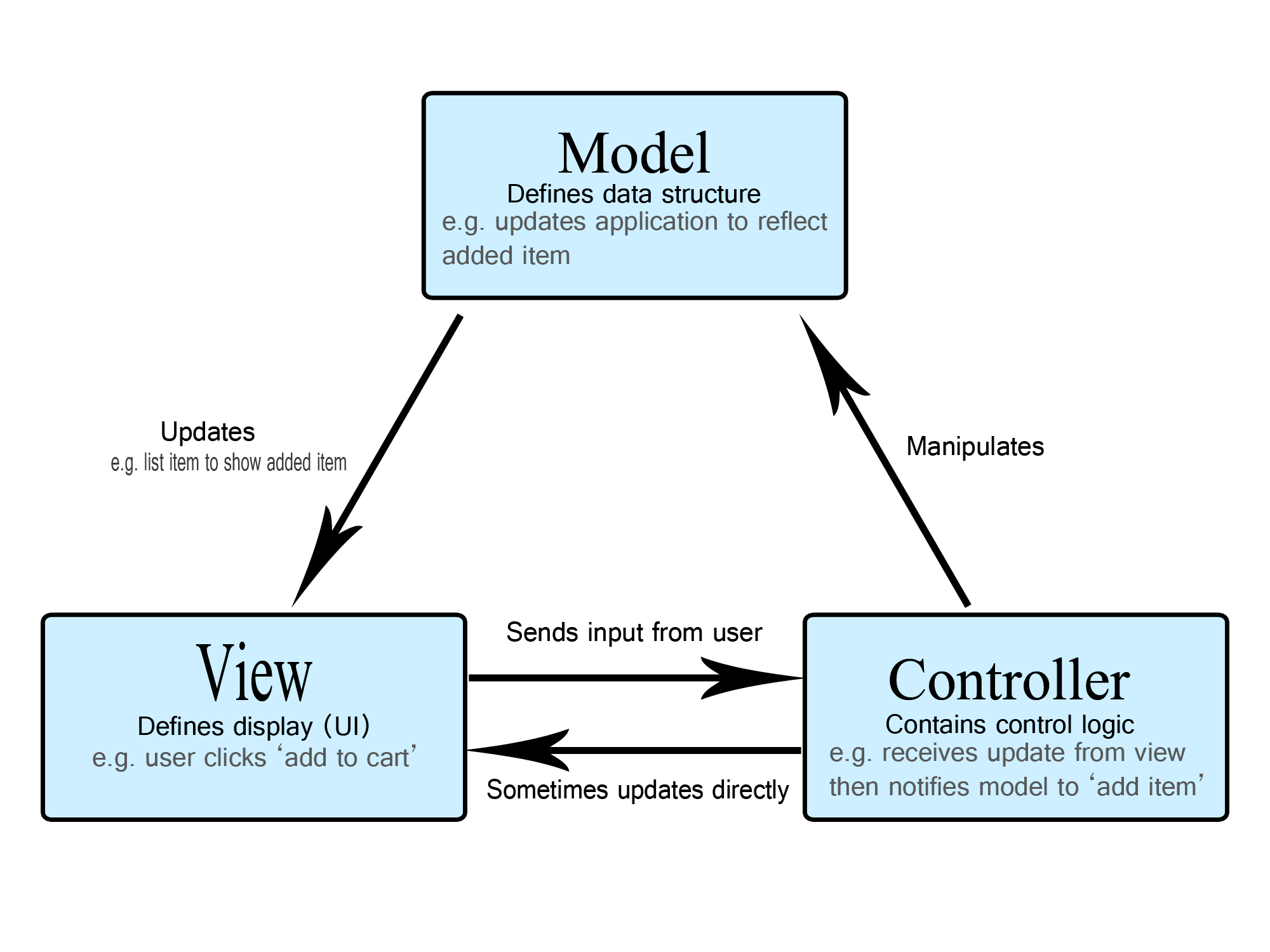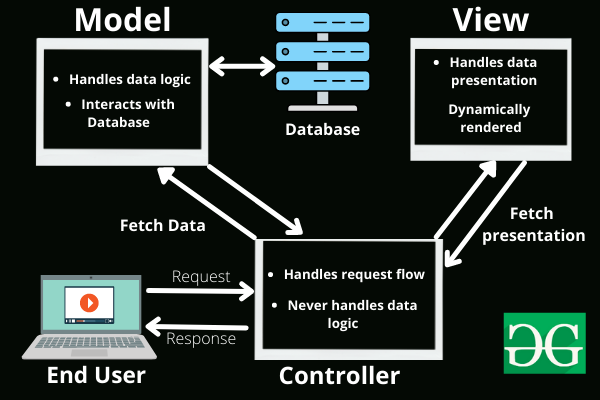In today's fast-paced technological landscape, understanding the intricacies of a controller is crucial for anyone looking to navigate the world of electronics. As technology continues to evolve at a breakneck pace, it's essential to stay informed about the various components that make up our devices, including the humble controller. This comprehensive guide aims to demystify the world of controllers, providing readers with a clear and concise overview of what they do and how they work.
From the basics of input and output to the more complex aspects of signal processing and communication protocols, this article will delve into the fundamental principles of controllers. By exploring the key concepts and terminology associated with controllers, readers will gain a deeper appreciation for the role they play in shaping the functionality of modern devices. Whether you're a seasoned electronics enthusiast or just starting out, this guide is designed to be accessible and informative, providing a solid foundation for understanding the world of controllers.
what is a controller in the context of software development
 In the context of software development, a controller is a key component of the Model-View-Controller (MVC) design pattern. It acts as an intermediary between the user and the application, handling user requests and interacting with the model to retrieve or manipulate data. The controller then selects the appropriate view to render the response to the user.
In the context of software development, a controller is a key component of the Model-View-Controller (MVC) design pattern. It acts as an intermediary between the user and the application, handling user requests and interacting with the model to retrieve or manipulate data. The controller then selects the appropriate view to render the response to the user.what is the difference between a controller and a model in software development
 In software development, particularly within the Model-View-Controller (MVC) design pattern, the key differences between a controller and a model are their roles and responsibilities in managing the application's functionality.
Controller
A controller acts as the intermediary between the user interface (view) and the application's data (model). It handles user input, interacts with the model to retrieve or manipulate data, and then selects the appropriate view to render the response to the user. The controller is responsible for controlling the flow of the application's logic, processing user requests, and managing the application's state.
Model
The model represents the data and logic of the application. It encapsulates the business rules and operations that govern how data is stored, retrieved, and manipulated. The model is responsible for managing the data and ensuring that it adheres to the application's rules and constraints. The model can be thought of as the "brain" of the application, providing the data and logic that the controller uses to drive the application's behavior.
In summary, the controller manages the flow of the application's logic and interacts with the model to retrieve or manipulate data, while the model represents the data and logic of the application, encapsulating the business rules and operations that govern how data is used.
In software development, particularly within the Model-View-Controller (MVC) design pattern, the key differences between a controller and a model are their roles and responsibilities in managing the application's functionality.
Controller
A controller acts as the intermediary between the user interface (view) and the application's data (model). It handles user input, interacts with the model to retrieve or manipulate data, and then selects the appropriate view to render the response to the user. The controller is responsible for controlling the flow of the application's logic, processing user requests, and managing the application's state.
Model
The model represents the data and logic of the application. It encapsulates the business rules and operations that govern how data is stored, retrieved, and manipulated. The model is responsible for managing the data and ensuring that it adheres to the application's rules and constraints. The model can be thought of as the "brain" of the application, providing the data and logic that the controller uses to drive the application's behavior.
In summary, the controller manages the flow of the application's logic and interacts with the model to retrieve or manipulate data, while the model represents the data and logic of the application, encapsulating the business rules and operations that govern how data is used.what is the role of a model in software development
In software development, a model plays a crucial role in the process of creating and understanding software systems. It represents the essential aspects of the software, abstracting away non-essential details, making it easier to analyze and communicate the complexity of the system. The model is created before the requirement analysis phase and serves as a tool for stakeholders who need to understand the software but not necessarily for the developers who will implement it. This model is useful throughout the software development lifecycle, from ideation to retirement, and helps in analyzing the complexity of the software and estimating the strategy behind its development. The role of modeling in software engineering education is significant, as it is employed as a tool for studying and checking the feasibility, functionality, trade-offs, and features of design and construction. It is essential for students to learn modeling techniques to effectively understand and develop software systems. #EANF#Thank you for taking the time to explore our comprehensive guide to controllers. We hope that this article has provided you with a deeper understanding of the role controllers play in software development, particularly within the Model-View-Controller (MVC) design pattern. Controllers are a crucial component in managing the flow of an application's logic, processing user requests, and selecting the appropriate views to render the response to the user. By grasping the fundamental principles of controllers, you will be better equipped to navigate the intricacies of software development and create more efficient applications.
As you continue to explore the world of software development, we encourage you to keep the concepts presented in this guide in mind. Remember that controllers are the bridge between the user interface and the application's data, handling user requests and interacting with the model to retrieve or manipulate data. By understanding how controllers work, you will be able to create more effective and user-friendly applications that meet the needs of your users. We wish you all the best in your future endeavors and hope that our guide has been a valuable resource in your journey to master the art of software development.